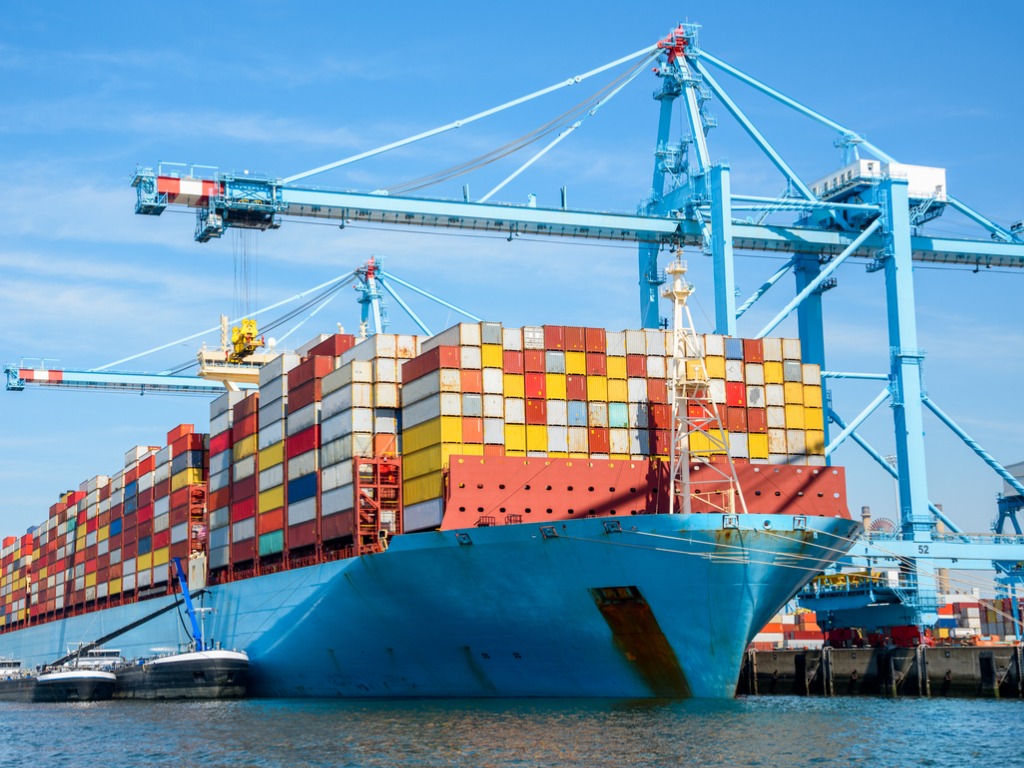As the shipping industry continues to evolve in 2025, several new maritime ports around the globe are rapidly gaining attention from ship owners and operators. These ports, strategically located and equipped with modern infrastructure, offer competitive tariffs and enhanced facilities that appeal to a wide range of vessels. The emergence of these attractive ports is reshaping shipping routes and boosting global maritime trade. This development signals important opportunities for ship owners seeking efficiency, cost savings, and access to new markets. In this article, we explore the top new ports of 2025, what makes them stand out, and how they are influencing the shipping landscape.
New Ports Gaining Traction in 2025
1. Port of Duqm, Oman
Located on the Arabian Sea coast, Port of Duqm has rapidly developed into a deep-water port with state-of-the-art container terminals and industrial zones. Its strategic position outside the congested Strait of Hormuz makes it attractive for vessels seeking alternative transshipment hubs.
2. Lekki Deep Sea Port, Nigeria
Lekki Deep Sea Port is Nigeria’s newest maritime gateway designed to handle large container ships and bulk carriers. The port offers modern cargo handling equipment and competitive tariffs, boosting West Africa’s shipping capabilities.
3. Vostochny Port, Russia
Situated on Russia’s Pacific coast, Vostochny Port has expanded its facilities to serve increasing volumes of coal, grain, and container shipments. Its proximity to the Asia-Pacific trade routes makes it an important hub for Eurasian maritime trade.
4. Klaipeda Freeport, Lithuania
Klaipeda Freeport is emerging as a key Baltic Sea port with significant investments in green technologies and automation. It caters to container and bulk cargo vessels and benefits from Lithuania’s EU membership and access to Northern Europe markets.
Why These Ports Are Attractive to Ship Owners
Modern Infrastructure and Facilities
- Deep-water berths capable of accommodating ultra-large container vessels (ULCVs)
- Advanced cargo handling and storage technologies
- Integrated logistics zones for efficient freight movement
Competitive Tariffs and Incentives
- Reduced port dues and fees compared to traditional hubs
- Tax breaks and customs incentives for international shipping companies
Strategic Geographic Locations
- Proximity to major shipping lanes reducing voyage times and fuel consumption
- Access to emerging markets in Africa, Asia, and Europe
- Alternative routes alleviating congestion at traditional choke points
Impact on Shipping Routes and Maritime Trade
The rise of these new ports is causing a gradual shift in traditional shipping lanes. Many ship owners are rerouting their vessels to take advantage of faster turnaround times and lower costs. This trend enhances regional trade flows and promotes diversification of maritime hubs worldwide. Additionally, new ports support the growth of feeder services and intermodal connections, making global supply chains more resilient.
Industry Perspectives
Industry experts note that the development of new ports is a response to increasing demand for capacity and efficiency in global shipping. A maritime analyst commented, “Ship owners today prioritize ports that offer quick, cost-effective services and connectivity. These new ports are successfully meeting those needs.”
Port authorities emphasize ongoing investments in sustainability and technology to attract eco-conscious ship operators. The manager of Lekki Deep Sea Port stated, “Our commitment to world-class infrastructure and competitive tariffs is positioning Lekki as West Africa’s premier port.”
Conclusion and Future Outlook
The introduction of these new attractive ports in 2025 presents ship owners with exciting opportunities to optimize operations and reduce costs. As infrastructure continues to improve and trade dynamics evolve, maritime stakeholders should closely monitor these emerging hubs. Embracing these alternatives can lead to improved shipping efficiency and access to untapped markets.
Call to Action
Stay updated with the latest shipping industry news and insights on maritime ports growth by subscribing to our newsletter. Don’t miss crucial developments that can impact your shipping operations in 2025 and beyond.


No comment